How to layer watercolors beautifully
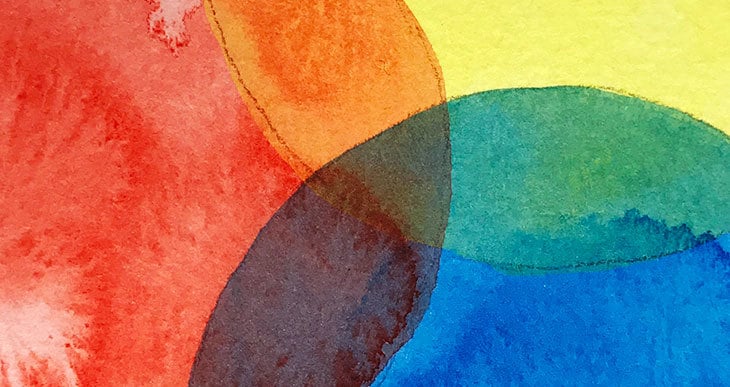
Frustrating isn’t it?
Like a lot of new watercolorists, I didn’t understand about layering paint.
When I started painting I would use too much water and fuss over the wet paint with my brush. I remember enthusiastically painting layer upon layer of paint until the end result looked murky and overworked! Have you ever found yourself doing this?
The transparency of watercolors is one of the underlying qualities that makes watercolor painting so beautiful! And it’s the transparent nature of watercolor paints which allow artists to build up a painting using multiple layers. This method is what many watercolorists call “glazing”.
What is glazing in watercolor painting?
Layering watercolor washes is also known as Glazing. The technique of glazing may sound complicated, but it’s really very simple. Glazing is essentially multiple layers of paint applied on top of each other. Each layer of paint is left to dry before applying the next.
Glazing adds depth and richness of color. When you glaze, you need to wait for each layer to dry completely. If you apply a new layer of paint too quickly you can easily lift the previous layer and the pigments will mix together.
(In essence glazing is a wet on dry technique as opposed to a wet on wet technique, where paint is applied to a wet surface).
Watercolor paintings that use glazes have a characteristic visual appearance compared to those which have been created using a wet on wet method. Glazing is a wonderful technique which gives plenty of visual interest to a painting and transforms flat shapes into vibrant and colorful forms.
Layering also makes some types of painting more manageable, because you can focus only on the tone and forms rather than thinking about mixing exactly the right hue. For example many artists do this by layering primary colors on top of each other – yellow, then red, then blue.
Glazing is also a key method for adding detail to a watercolor painting. You can use this technique to give a sharp, crisp appearance to areas of your work.
Layering paint by glazing is also a very useful method for controlling the color, tone and intensity of your paintings.
But keep in mind that this technique is not for the impatient! Indeed it requires a certain amount of composure. It takes longer because you have to wait for layers to dry. (This is why a lot of watercolorists keep a hairdryer handy to speed up the drying process).
Even so, learning to correctly paint in layers can be an essential technique which contributes to the success of your painting.
A glazing diagram using primary colors
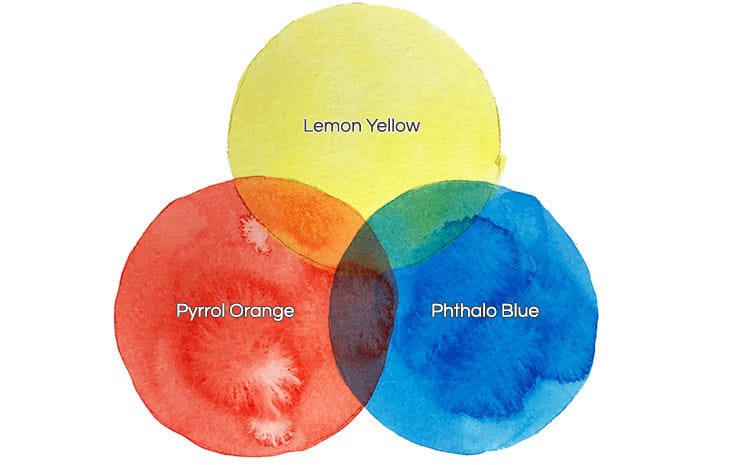
Watercolor layering techniques & benefits
Glazing watercolors is a technique which gives you various of levels of control over your painting. And a good understanding of how to control your painting technique means that you’ll be more confident in your painting capabilities.
Here are some of the most important things you should know about glazing.
1 – Layering to control and mix color.
One of the aspects that glazing modifies is color.
Most of the time watercolorists mix colors in a palette before applying the paint. As we all know, the combination of two color paints produces a third color.
But the same is true when you glaze. It’s pretty much like another form of color mixing. Each new layer of paint creates a new color.
Let’s say you are painting a leaf. You can easily mix blue and yellow in your palette to make various greens. But you can also begin painting a leaf in yellow, then add a second glaze of blue paint. The result is a green leaf with lots of color variety and interest.
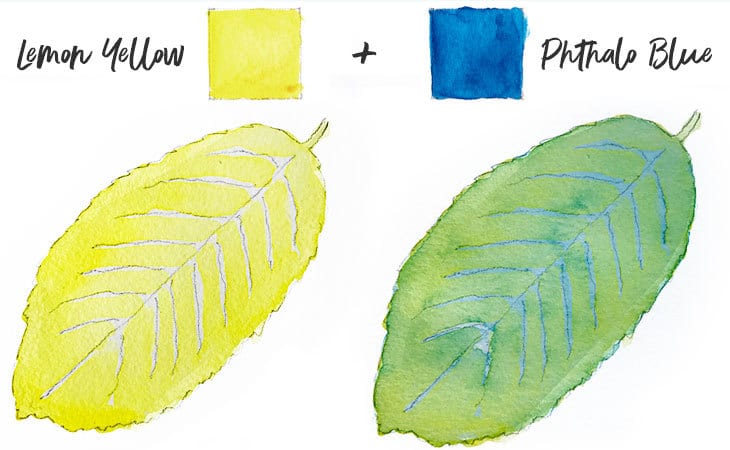
This is the way that most watercolor paintings are constructed using the glazing technique. You start by putting down most of the color as a flat wash then you go back and spend time glazing.
To be fully in control of your results you need to be aware of the color mixing potential of transparent glazes. I find that it’s good practise to make swatches to test your palette colors and the results you obtain when they are layered.
It’s really helpful to see how your colors work together.
2 – Layering to control tone and value
Value is one of the most important components of your artwork. Glazing gives you a controlled method for adding tonal values gradually, and also for correcting tone if a part of your painting is too light.
To learn more about value and tone in art read this : What is tone in Art – a Watercolorists Guide
You can easily control values with glazing. This method lets you add shading or intensify the tone of a painting by layering new colors a little at a time. The more glazes you add, the darker the values become.
This works by adding successive washes of transparent color to achieve a particular value. At the beginning of each painting the pigment to water ratio is important. You want to start with light values, so this means diluted paint and light tones should be painted first. Each new layer of paint makes the passage you’re working on a little bit darker.
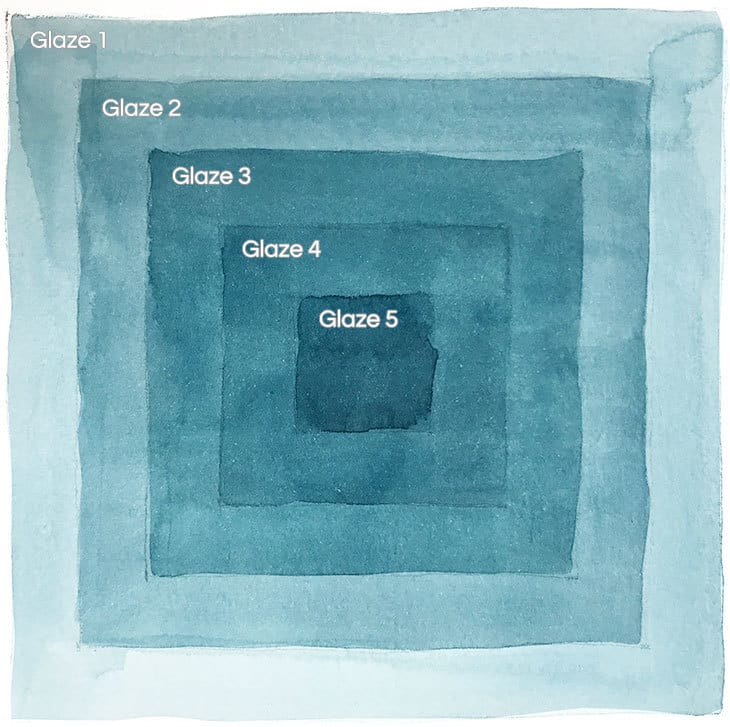
The key is to work from light to dark since removing value in watercolor painting is impossible (that’s probably why we end up using so much paper!) Start with lots of water and not so much paint.
Glazing layers of paint also offers another advantage.
You have probably realized that when watercolor paint dries, it appears lighter than wet paint. By letting each successive layer of paint dry in between passages, you can judge the tonal value of you painting more accurately, and you can just add more layers to increase the value of a particular area of your painting.
3 – Layering to control intensity
Glazing is also a good technique for adjusting the intensity of colors a painting.
You can effectively neutralize a color by applying a second layer of paint.
Let’s say you’ve painted a yellow shape and you find that the color is too saturated. You can subdue the initialcolor by adding a transparent glaze of another primary color or a complementary color.
For example, adding a glaze of the primary color blue will help colors recede. And using a glaze of the primary color red will warm the area you’re painting. Glazing with a complementary color (purple in this case) will offset the intensity of the initial color creating a neutral brown.
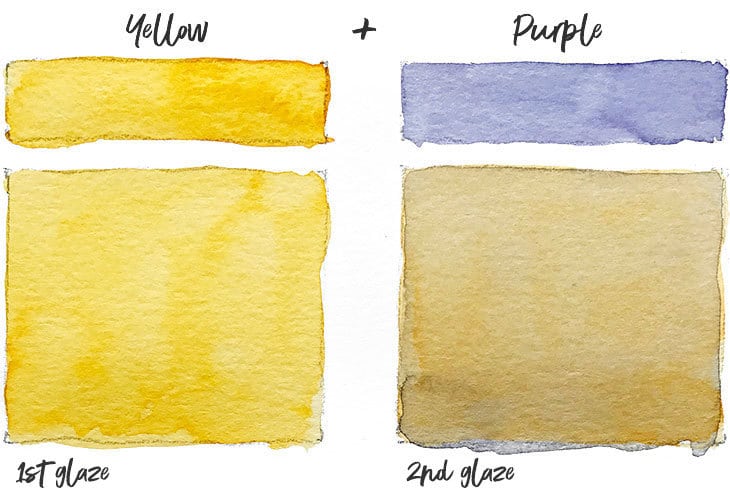
You can achieve browns by mixing any two complementary colors. For example orange can be toned down with a complementary blue, green can be toned down with a transparent complementary red, etc.
You can read more about complementary color mixing here: how to make a 12 color watercolor wheel
So as you can see, glazing gives you a way to bring about subtle color changes where needed.
4 – Create Hard edges and detail by glazing
The technique of glazing is a great way to add fine details to your work. Because you are letting the underlying color dry completely, when you add a new layer of paint the form of your brush strokes will be precise with hard edges.
If you’re style of painting requires a lot of detailed rendering, then glazing is sure to be a technique you will use. Botanical watercolor artists for example use this technique a lot.
5 – Soft diffuse glazing effects
Try applying more than one color during a glaze and just letting them touch and mix together naturally by letting the pigments play together. This is one of the beauties of watercolor. You can obtain beautiful colors that mingle and spread with each new glaze of paint.
While your glaze is still wet you can also load your brush with clean water and add it to the colored paint. Your glaze will mix with the water and scatter the pigments to create a soft diffused effect, in a similar way to when you apply a graded wash.
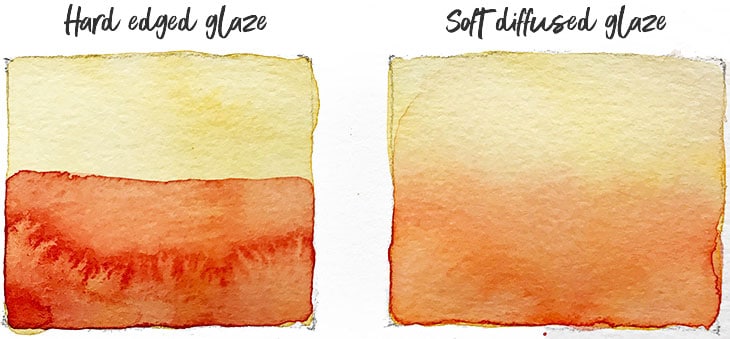
7 – Color Harmony
You might want to begin by glazing an entire painting if you want to add some color harmony to the entire piece of artwork. Beginning a piece with an underpainting of color is an excellent way to harmonize and unify the different parts of a painting.
If you find that your colors are competing with each other or you are using too many colors that don’t seem to relate well, try using a limited palette of colors and use underlying washes of color to unify your work more strongly.
This is a good way to connect colors together across the whole painting.
Tips & tricks on how to layer watercolors successfully
Now that you know what glazing is and how you can use this technique, here are a few tips and tricks to help you glaze like an expert!
Use transparent paints
Successful layering begins with your choice of paint.
The transparency of artists grade watercolor paints is usually rated transparent, semi-transparent or opaque. Layering is a transparent technique so as far as possible you should choose paints which are rated transparent for best results.
When you apply a second layer of paint the objective is to achieve a combined effect of the two glazes. If you’re using paint which is too opaque then the effect is subdued or lost.
The transparency of watercolor paints is a result of the pigments used in the paint’s ingredients. Transparent paints have much smaller pigment particles. Small pigment particles hide less of the paper, making them appear more transparent. But transparent paints also have a much higher color intensity, so a smaller amount of pigment is needed to produce a particular color hue.
These two factors, (small pigment size and high color intensity) are what make transparent watercolor paint most effective for producing rich and vibrant paintings.
Whatever style or technique you use, this is a general rule that I apply to my choice of watercolor paint. If you want colorful, vibrant results start by choosing the best paint.
Less is better than more
At the beginning of any new watercolor project, one of my favorite artists Tom Hoffmann asks us to consider:
“ How many layers will it take to tell the story? ”
This is probably the first secret to good layering. Too many layers of paint will give an overworked appearance to your paintings. Knowing when to stop is a constant battle for a lot of watercolor artists. If you can express your subject with just two or three layers then why use more?
Most of the time, I find that exercising restraint and being economical with your layers gives more rewarding results. To avoid your watercolors looking muddier than you intended, try to lay your color down and then leave it alone. You can always go back later add more if needed.
When glazing, as a rule of thumb, less is better than more.
Glaze quickly
When glazing color on top of an existing dry layer of paint, the dry paint becomes re-activated, so don’t move the brush over the surface too much or the two paints will mix and produce one flat color. Try to glaze quickly and use gentle brush strokes.
Be careful not to scrub the layers of color underneath.
Glazing or layering watercolors is a beautiful technique that you will certainly be using at some stage in your artwork. You can combine this technique with other wet on wet methods, or if your style of painting requires a lot of hard edges, you may end up glazing an entire project!
Now go have some fun !

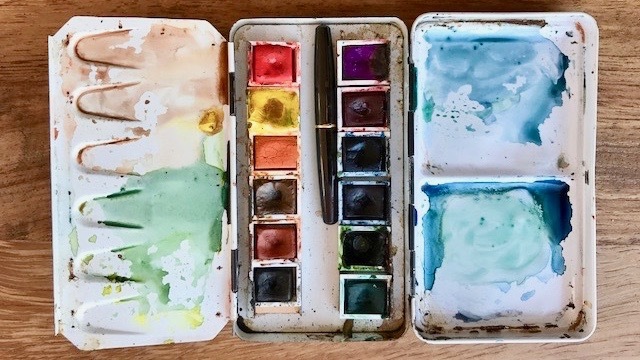
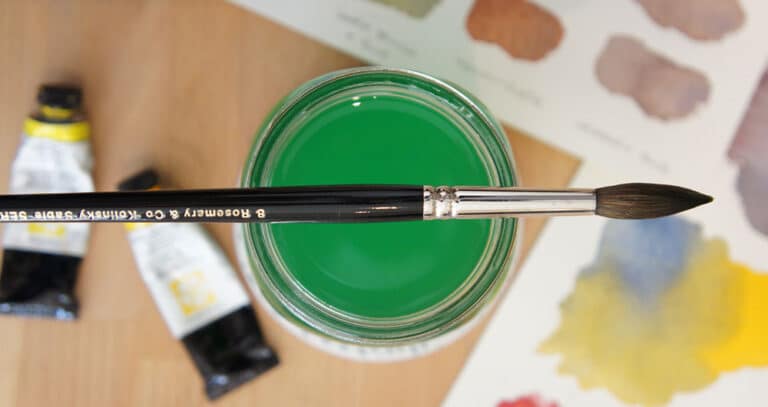
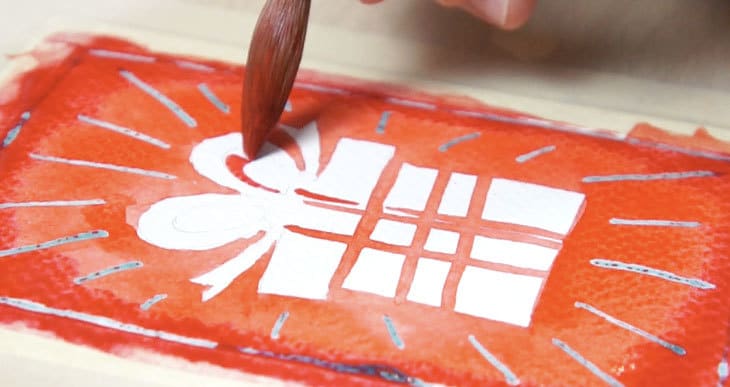
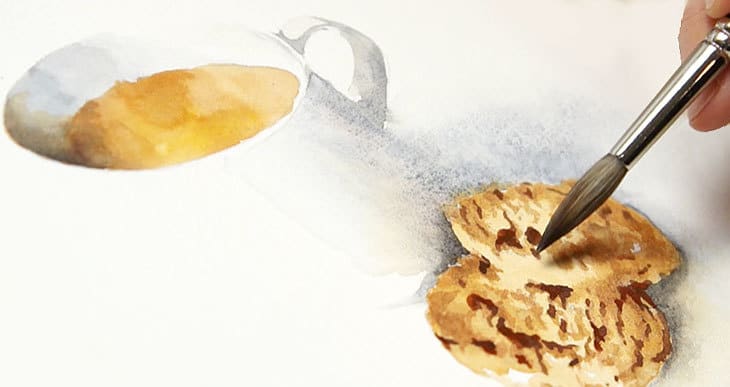
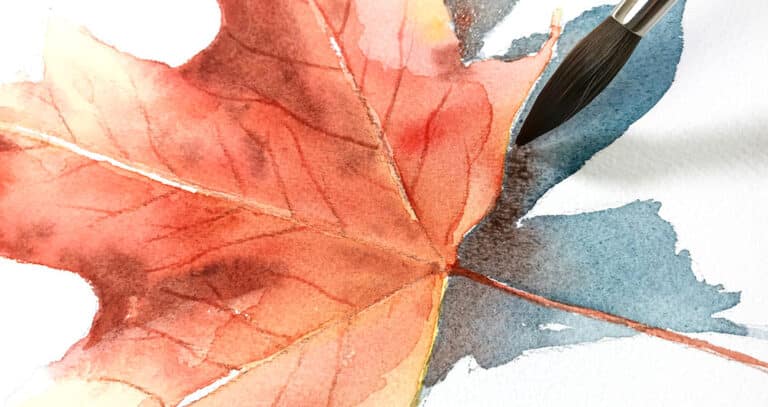
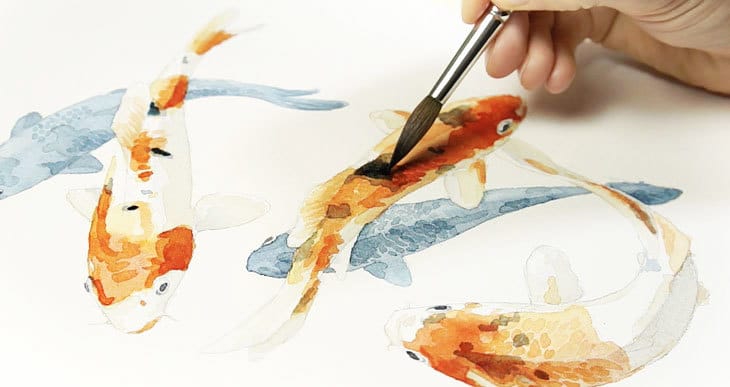
This very helpful to me in trying to figure out the idea of gone and making use of the beautiful colors watercolor can blend itself into. I am going to have fun practicing these constructs
So helpful! I’m new to watercolor and am having difficulty avoiding blooms when applying my second wash. Any tips? Thank you
Hi Mary
To avoid blooms try to keep an eye on the amount of moisture remaining on the surface after you finish your second wash. You can remove excess moisture by blotting it up with a brush…
Hope that helps !
Really helpful article thank you so much. Just the information I needed on glazing.
Good to know it came in useful Gaynor …
Just the help I needed. You have explained this so well. Thanks very much.
I took two watercolor classes in COLLEGE and never learned this!! THANK YOU!!
Really happy this helped Deanna ! Enjoy your watercolors…
New visitor to your excellent site. I don’t have to look anywhere else. You cover everything so thoroughly.
I’d love to see a simple step by step project using glazing techniques. it helps to put the lesson into practice.
Thanks Rhonda !
I’m sure i’ll be doing more on glazing soon…
Excellent lesson! So well explained with just the right amount of detail!
Thanks for explaining it so well,now to practice.
Practice makes perfect Fay ! Have fun…
I just recently began dabbling with watercolor, and have been working on achieving tonal value and shading without too much muddling or bleeding; also, detail and edging have been somewhat confounding yet are integral to my “style” of painting. The information contained herein has been so helpful and instrumental in helping me get closer to where I hope to be.
Thanks Lex – I’m happy to help!
Thank you! Finally a website for beginners that truly explains the process in layman’s term. Keep going! Love your site and will be back for sure!
No problem Su! You’re welcome back anytime!
That was so helpful thank you for your great tips and advice!
You’re welcome Brigid – happy to help!
Very nice article, thank you.
Glad you enjoyed it !